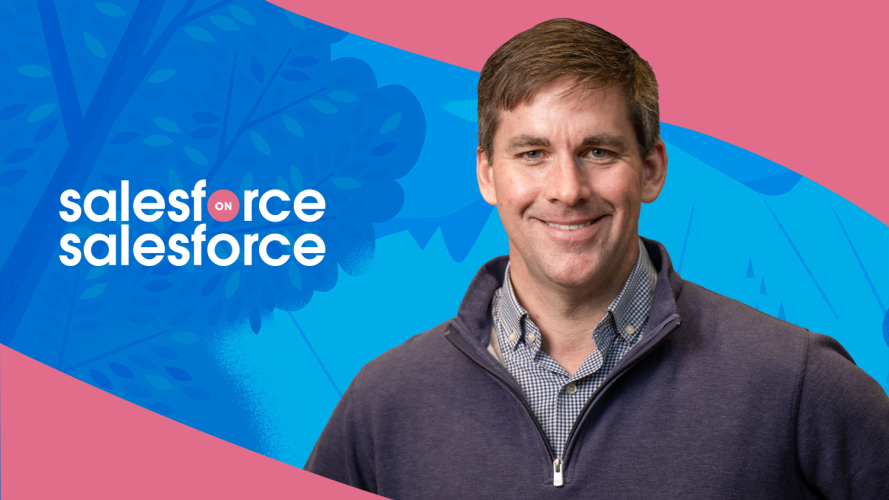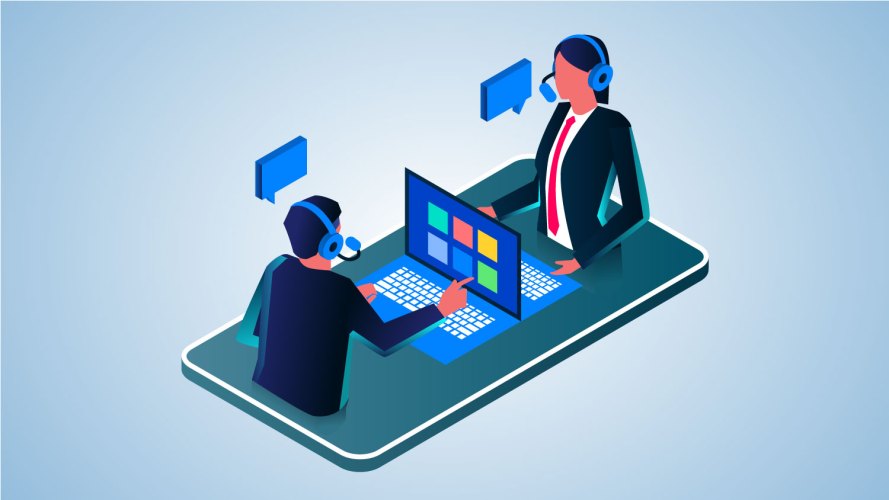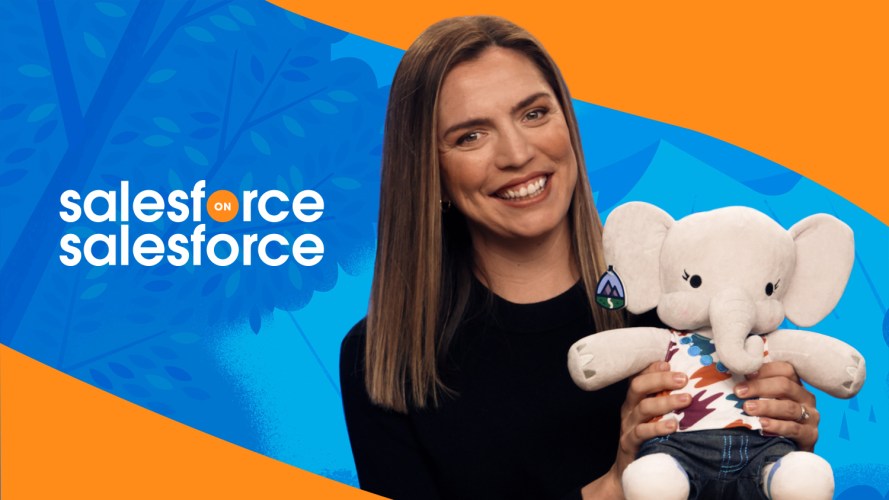How Salesforce Resolves Over a Million Support Cases a Year



Can you efficiently scale service without sacrificing the customer experience? Absolutely, and here are three ways to do it.

Jim Roth
Everyone wants efficient customer support delivered their way. Today, “their way” can mean about a thousand different things. Which channel? When? How? And with whom?
I know. That’s a lot to think about when you want to scale customer service without sacrificing the customer experience.
I lead global customer success at Salesforce, so I’ve seen what works and what doesn’t for building customer support strategies that foster customer loyalty.
These are the keys to efficiently scaling customer service:
- Help your customers help themselves with self-service.
- Lean into automation for assisted service to strategically free up your team’s time.
- Dig into data to deliver proactive service.
We’ve put together three videos on how we accomplish each of these at Salesforce. It’s part of a series we call “Salesforce on Salesforce” — and there will be more episodes coming your way very soon.
1. How to make self-service work efficiently
Nothing beats a great buffet: the dazzling arrays of choices, the ability to serve yourself just the right portion of mixed greens or the perfect ratio of chocolate mousse.
That’s basically what self-service is: a buffet. It’s how customers easily find their own answers.
Here’s how we make self-service easy and efficient at Salesforce:
- We make sure we understand our customers, meaning we study what they do on our website, how they got to it, and how they use the customer portal.
- We authenticate, meaning we ask people to log in and provide user IDs to access services so that we know who’s doing what and why, which gives us even more data to use to enable self-service.
- Finally, we use our proprietary AI engine, Einstein, to make recommendations based on the data we gathered through numbers one and two.
Self-service helps scale customer service. Customers find answers faster. Agents have more time to focus on the issues that require more attention. You save on costs. Everyone wins.
2. What is customer service automation?
Usually when people hear “automation,” they think of robots or heavy machinery punching out rote tasks for an unseen and unknown audience.
The funny thing is that automation actually helps make things more human. It lets technology do the things it’s best at — such as routing cases or answering FAQs — and lets people do the things they’re best at, such as dealing with the harder service issues that require a more direct, or human, touch.
That’s assisted service in action. Automation handles the easy stuff.
What do we automate at Salesforce? Everything we can and everything that deserves to be automated. We focus on clicks, not code to streamline workflows so our people can focus more time with customers.
This is all to say: we love automation. I love automation for the way it lets us keep things human. I know: it sounds a bit paradoxical, but it’s true!
Oh — and I almost forgot to mention Slack and swarming. This is really cool. I like to think of it as taking the go-between out of case management. Basically we route cases to the right experts to reduce the escalation or tiers in handling cases. You solve your customer’s problem efficiently. They’re happy. Boom!
3. How to deliver proactive customer service
A huge part of being able to scale customer service is getting ahead of issues — i.e., proactive service. When your car tells you it’s almost time for your next tune-up, that’s proactive service. It means letting people know when service is due. It’s an important way to cement your relationship with customers by letting them know, “Yes – we’ve got your back.”
Here’s how Salesforce builds proactive service:
- We use tools like Tableau to visualize and identify trends based on customer data and usage and build proactive triggers that notify us when a customer is at risk of experiencing an issue.
- We communicate risks as soon as possible so that customers learn of an issue before it impacts them.
- We follow up by looking into why the issue occurred and working with the customer to help them ensure it never happens again.
Remember that proactive service isn’t about just the before but also the during and after an issue — a three-pronged approach to keep customers happy, self-serving, and, ideally, issue-less.
Scale customer service today — get started now
At Salesforce, we embrace what we call the heart of service. We enable self-service by understanding customer behaviors and needs. We use automation to let our agents do what they do best (be human). We proactively serve customers by anticipating their needs and letting them know about issues before they happen.
That said, there are many other ways we’re using Service Cloud to scale customer service, support our customers, and keep them always coming back.
There’s a lot we’ve learned over the years. That’s why we created our Salesforce on Salesforce series: to give you a peek behind closed doors. From Marketing to Service to Sales ops and more, we’ll share the tricks of the trade that have helped us become the world’s fastest growing enterprise software company.
Stay updated on the latest Salesforce on Salesforce action
Get a behind-the-scenes look at how Salesforce uses our own solutions to create easy and expert service for 150,000+ customers.


























